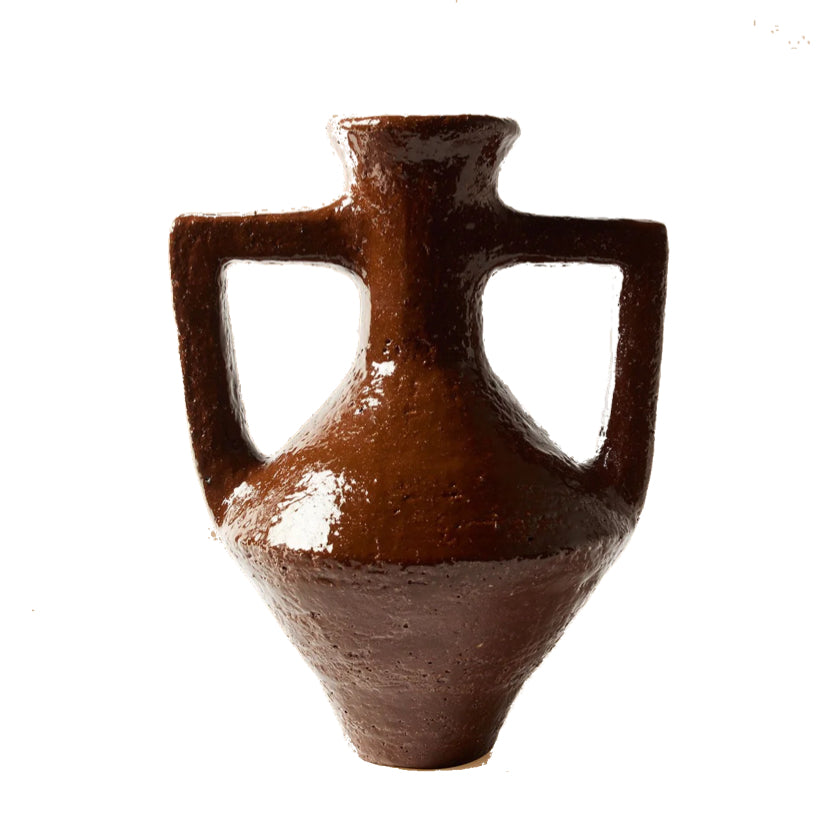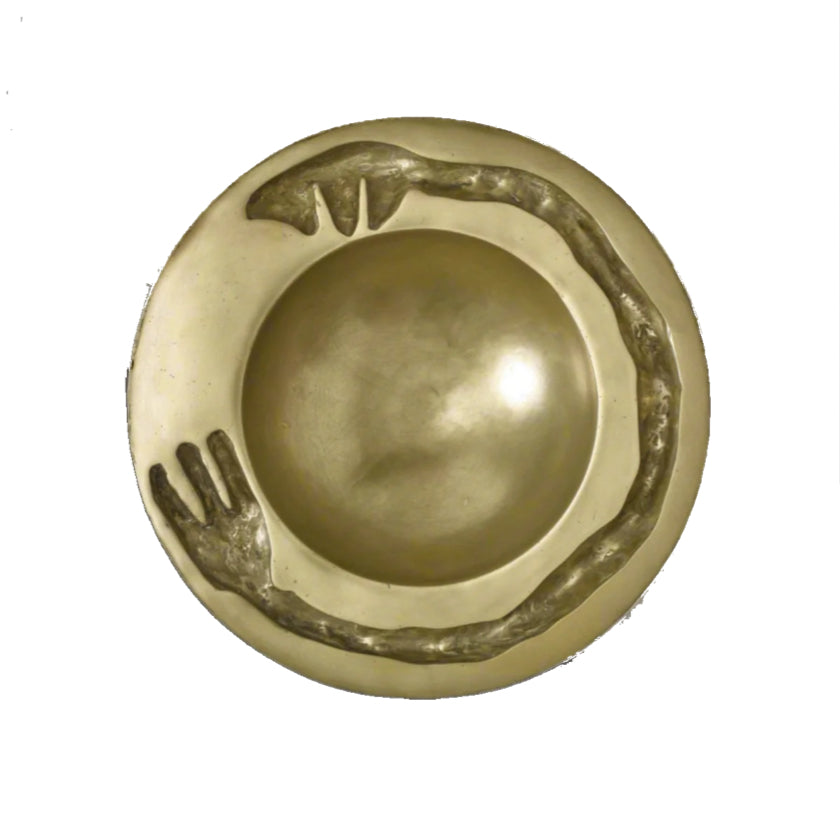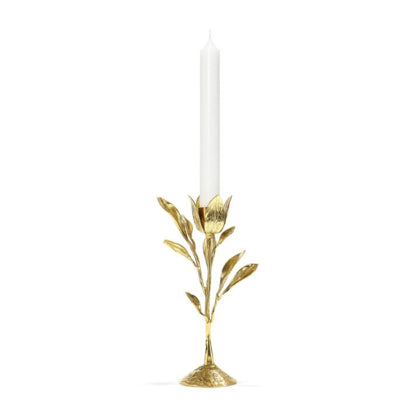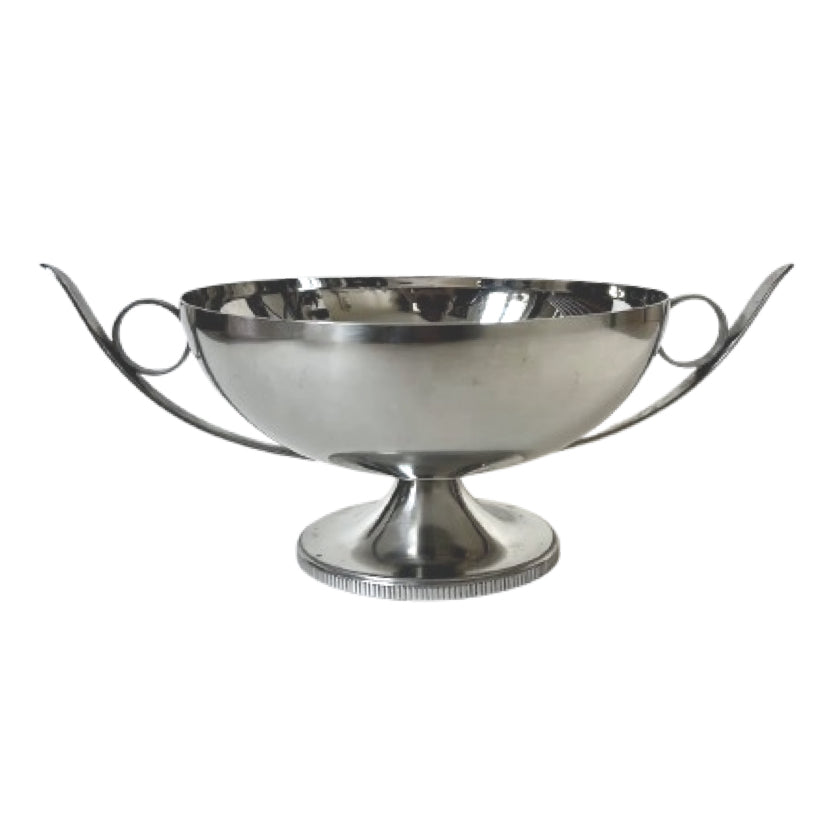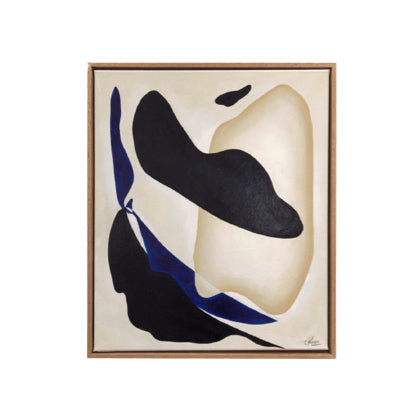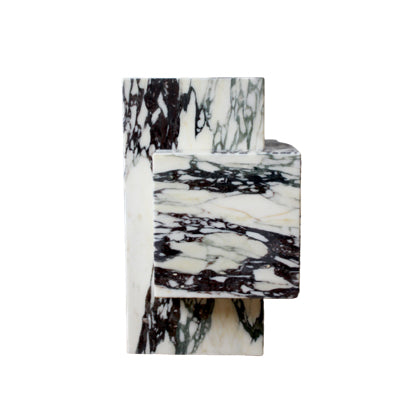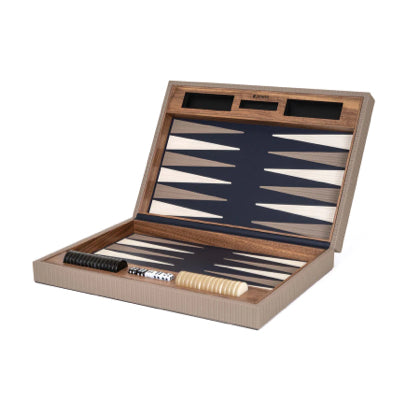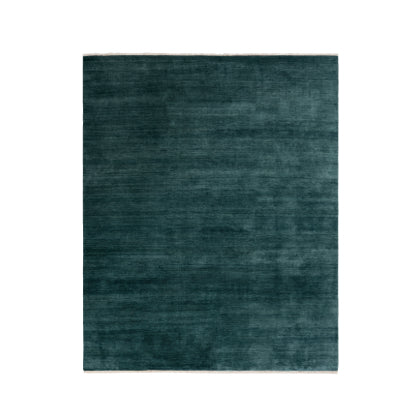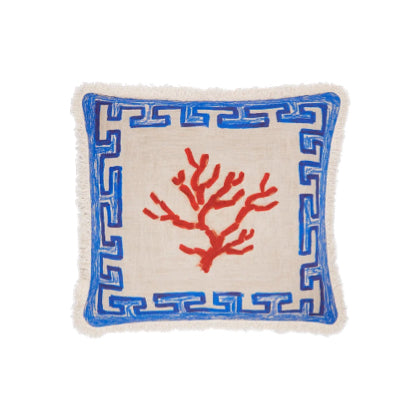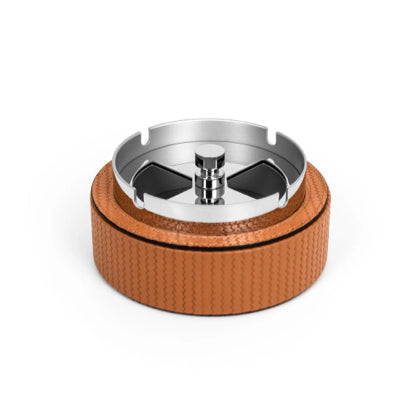Mid century end table
Understanding the Allure of the Mid Century End Table
In the realm of furniture design, few pieces hold the charm and versatility of the mid century end table. Characterized by clean lines and organic forms, these tables encapsulate a design philosophy that merges functionality with artistic expression. Each piece in our mid century modern furniture collection has been thoughtfully curated to reflect the spirit of mid century modernism, offering not just practical surfaces for your decor but also serving as conversation starters in any setting.
The mid century aesthetic is rooted in a desire to create furniture that is not only beautiful but also user-friendly. Our selection showcases a variety of styles, each with its unique flair. From minimalist designs to more ornate options, these accent tables are perfect for any corner of your home. They offer a warm touch while maintaining an understated elegance that never goes out of style.
Curating this collection has been a labor of love. Each side table tells a story, often reflecting the craftsmanship and innovation of the era. We seek to highlight pieces that resonate with the values of sustainability and quality, ensuring that our offerings not only serve a purpose but also enrich the spaces they occupy. The beauty of mid century furniture lies in its ability to bring together art and function seamlessly.
Side tables from the mid-century era are not just functional pieces; they are also iconic symbols of design innovation. Characterized by clean lines, organic shapes, and a focus on simple elegance, these accent tables reflect a period when form perfectly met function. Often crafted from rich woods such as walnut or teak, they showcase the beauty of natural materials while celebrating minimalist aesthetics. The ability to blend seamlessly into various interior styles makes them a favorite among decorators and homeowners alike. Each piece from this era tells a story of thoughtful craftsmanship and an appreciation for everyday beauty.
Historically, the side table served as a versatile companion to the sofa or chair, providing a convenient spot for beverages, books, or decorative items. This practical use highlighted the mid-century modern philosophy of living spaces that foster comfort and ease. Over the years, the design of these tables evolved, showcasing unique features like tapered legs and geometric forms that have become hallmarks of the period. As we look back, it’s clear that these accent tables are not merely furniture items; they are artifacts of a cultural movement that prioritized style and functionality in everyday life.
Accent tables serve as versatile pieces in any living space, adding both functionality and style. Their design often reflects the aesthetic of the era they belong to, with mid-century styles showcasing clean lines and organic shapes. These tables can be used to complement your seating arrangement or to provide a surface for decorative items, books, or even a refreshing drink. When styled correctly, an accent table can become a focal point within your room, drawing the eye and enhancing the overall ambiance.
Integrating an accent table into your decor involves careful consideration of its placement and surrounding elements. Positioning it beside a sofa or chair can create a cozy reading nook, while placing it against a wall can showcase beautiful artwork or photographs above. Choosing the right material, such as wood or metal, can also affect the table's visual impact. For instance, a sleek wood finish may add warmth and texture, whereas a metal accent table might introduce a more modern flair. Don't shy away from mixing materials to create a dynamic look that reflects your personal style.

